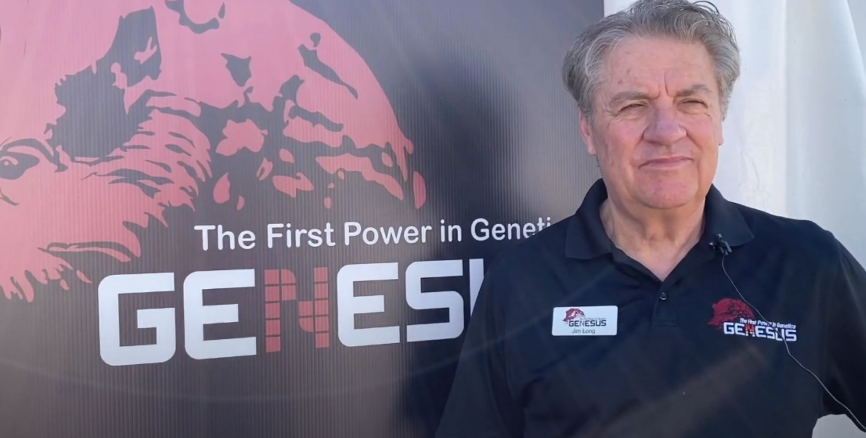Last week USDA estimate of U.S. slaughter weights has hogs at 277 lbs. average. The same week a year ago 286 lbs. A huge 9 lb. difference. Let’s assume this is accurate. A 9 lb. difference in our opinion would mean at least 1 million hogs pulled ahead relative to a year ago. This is bullish for supply and price going into the fall market. They only die once.
Last week’s red meat production. Beef down 7% from a year ago, Pork down 1.2%. Combined down 4.2%. Cattle contracts reached new contract highs. Continued lower red meat production going forward should support hog prices as Pork supply declines further due to sow liquidation.
Heifer slaughter continues to run higher than a year ago at 31.7%, last year 29.9% of weekly harvest. There is no sign yet of the cattle industry expanding production, only decreasing. We expect the record high feeder cattle prices are encouraging Beef producers taking the money and run versus keeping a heifer.
U.S. packers gross margin has improved. If we use Pork cut-outs 99¢ lb. last Friday and average net hog price 88¢ lb. The 11¢ spread is a lot better than in recent times. We need an industry where Producers and Packers make money. We need each other to survive and thrive.
Last week the U.S. released their estimate of this year’s corn crop at 15.134 billion bushels. If accurate only the second time the U.S. produced over 15 billion bushels. The only other time was in 2016, that crop year U.S. corn averaged $3.65 a bushel. U.S. cash corn averaged $4.59 a bushel last Friday. The lowest price in a couple of years. Lower feed prices certainly are lowering hog cost of production, it needs to be as hog prices are below breakeven.
Europe
Europe’s hog price has declined in the last few weeks. Spain for example had record prices over 2 Euros/kg ($1.00 USD liveweight a lb. plus) for four months. In the last few weeks, it’s declined to 1.86 Euros/kg. Still a high price but margins have declined. The lower hog price makes Europe more competitive in export markets. The decline in prices from what we can observe is not from expansion but seasonal supply increase and domestic demand issues.
Duroc
The Duroc is America’s only swine breed of any significance. It’s known for its growth, livability and pork tasting attributes.
Unfortunately, in today’s marketplace many so called Durocs are bastardized synthetics re-manufactured in Europe with other breeds being injected. Most if not, all will not pass a DNA – Genome test indicating their purity as Durocs. The injecting of other breeds is why these so called Durocs have minimal marbling and poor taste. The name Duroc has been hijacked not only by breeding companies but is being used in retail stores widely with no verification.
In the U.S. the Duroc name is trademarked by the National Swine Registry (NSR) for use in retail Pork sales. To legally use the name Duroc the Pork needs to be half Duroc from a purebred Duroc registered in the NSR with the further confirmation of DNA – Genome testing verifying its purity.
Genesus – Jersey Red Duroc is registered in NSR and DNA – Genome tests. Some genetic competitors are claiming they qualify for the Duroc label. They are risking trademark infringements by Packers and Retailers using the Duroc label in breach of clear trademark rights. Obviously, the competitors see the advantage of the Duroc label. In the marketplace as do some Retailers. It is a branding advantage Duroc is synonymous with quality.
Taste in all consumer surveys is the number 1 desire of consumers. As our industry evolves from Producers to Marketers the realization of meeting consumers number 1 need will pull the industry to better tasting Pork and we believe to the Duroc label with what will be higher marbling and redder Pork. Taste.
Question to producers. How do you like eating the Pork you produce? Any wonder we have issues at consumer level? Beef is 3 times the price of Pork. Consumers are voting on the taste difference. Let’s become Marketers.

Genesus Jersey Red Duroc sire on Genesus F-1 Pork




